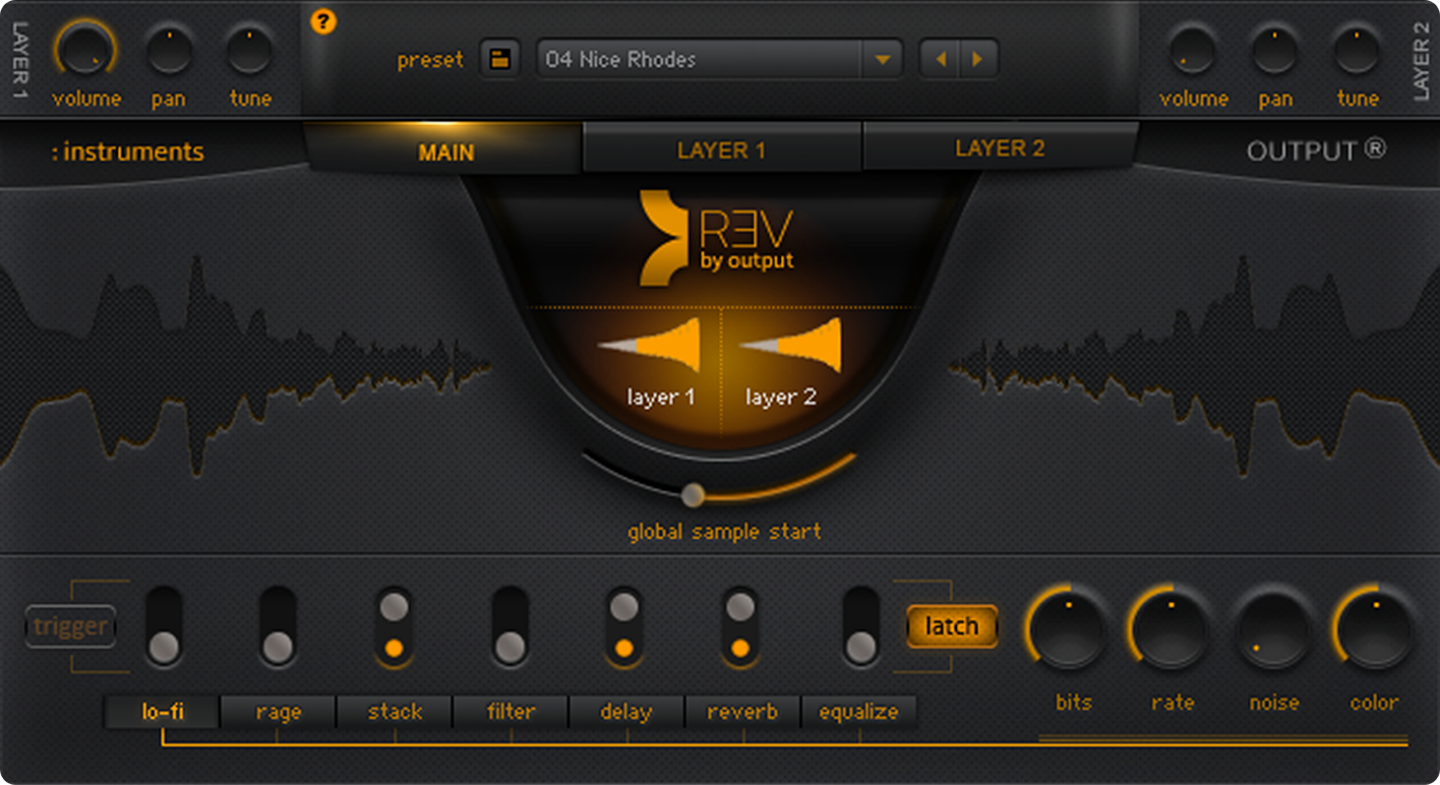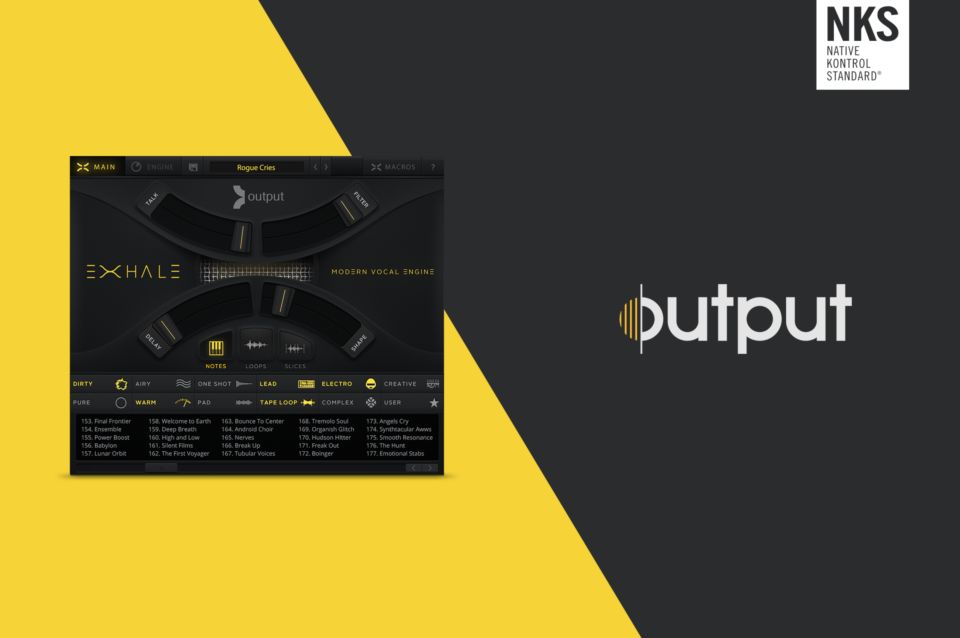

#EXHALE BY OUTPUT KAT CODE#
Working on this project has taught me a lot about creating interactive pieces, troubleshooting circuitry and applying code in the context of an artwork, as well as new methods of fabrication. The objective of simulating inherently organic movement, such as that which accompanies the act of breathing and is attributed as a primary quality of living organisms, through the use of computational and mechanical means creates an interesting contrast between the natural and the artificial, the live body and the programmed object.Īs an extension to this, the work also touches upon the notion of “uncanny valley” (2012), namely the impact of perceiving qualities traditionally ascribed to living beings displayed by objects or machines on perceived aesthetic qualities and perception, in an endeavour to explore the aesthetic potential of an artwork simulating natural movement to instil a sense of eeriness in the observer.


The movement and light effects of the sculpture are generated by real-time data input from the audience, the spectator being paramount to the functioning of the object, becoming an effective collaborator in creating the work, which is not a static product, but remains in process throughout its duration - artist, observer, and process are thus all integrated in an emergent, interactive system of exchange. Katherine Hayles’ reflections on the role of technology in posthuman society. The initial inspiration for the conceptual basis of this kinetic artwork was fuelled by the idea of “breathing life into a sculpture”, a recurrent motif of attributing qualities of life to an inanimate object often found in the arts, particularly in early Greek mythology, such as in the myths of Daedalus or Pygmalion’s sculpture that comes alive in Ovid’s “Metamorphoses” (2005).Ĭoming across Jack Burnham’s writings on modern sculpture and its need of an opening towards interactivity and new technological possibilities, thus enabling the viewer to be “enmeshed within purposeful responsive systems” (1987), as well as other artworks that utilize movement to convey organic processes, such as U-Ram Choe’s ‘Guardian of the Hole’ and Nils Völker’s ‘One Hundred and Eight, Responsive Installation’, I started devising a piece that would be both an exercise in biomimesis and simulation, as well as an attempt to experiment with translating human bodies into information through the means of interactivity, a notion that is also aligned with N.


 0 kommentar(er)
0 kommentar(er)
